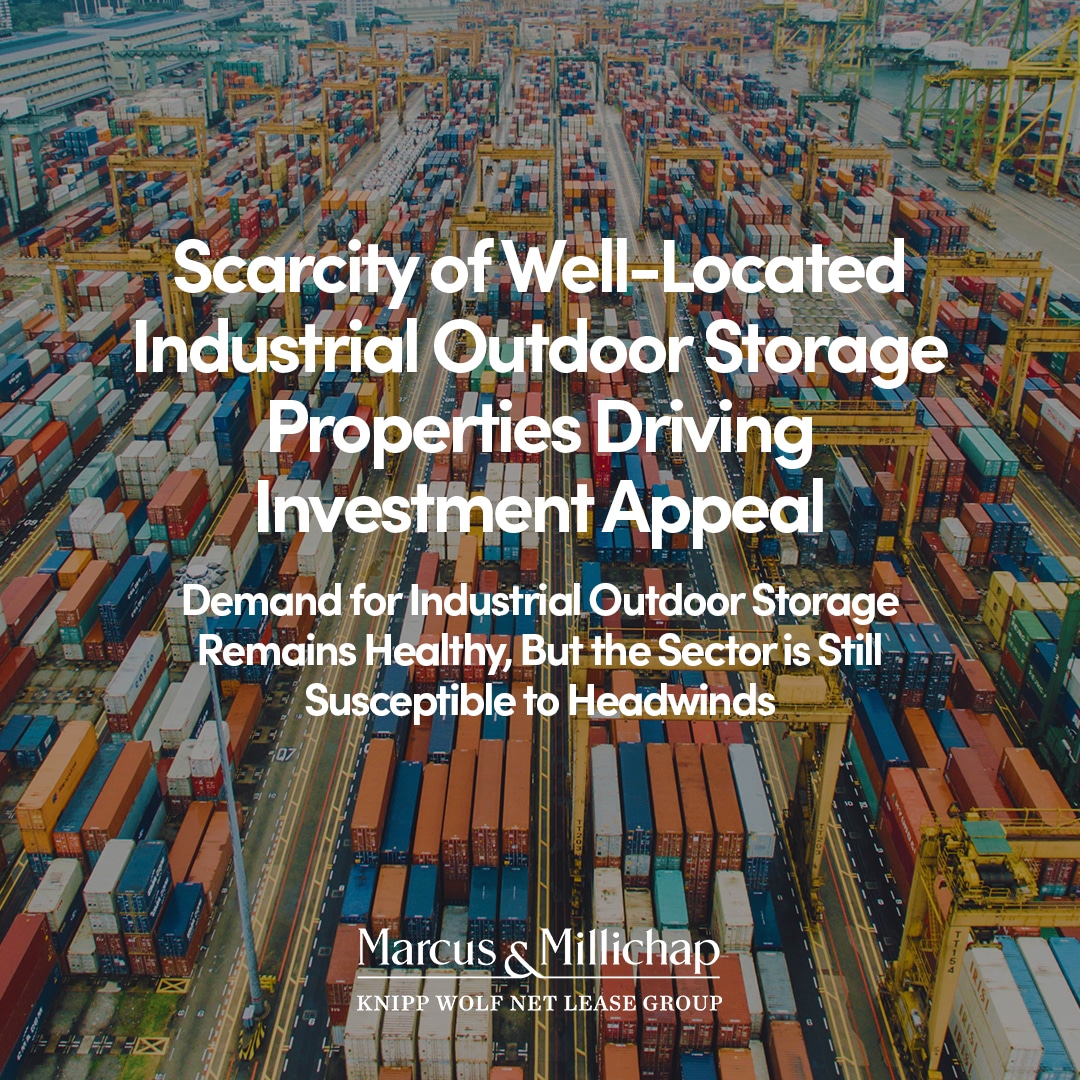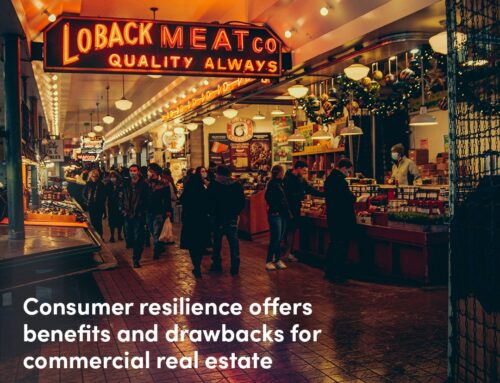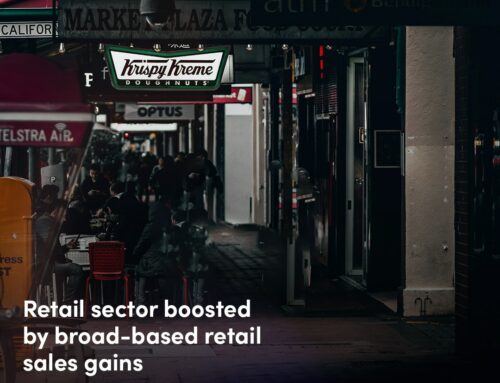Residential and e-commerce growth spur need for outdoor storage. The formation of nearly 3.2 million households over the 24-month span ending in March — the most of any two-year period since 2002 — coinciding with an 18 percent jump in online retail sales, underpin tenant demand for industrial outdoor storage (IOS) space. Identified by features like a low floor-to-area ratio, a fenced lot and a smaller closed-roof structure on-site, IOS properties typically provide tenants with additional storage or operational capacity to support larger distribution networks. Highly-coveted sites are found near major ports of entry and regional logistics hubs for this reason. Amid the prominence of direct-to-consumer channels, infill locations proximate to population centers are frequently sought as well. It is due to these features, however, that new IOS supply is scarce, leading to lopsided demand-to-supply dynamics persisting within the sector.
Key Features Include:
- Residential and e-commerce growth spur need for outdoor storage
- IOS vacancy pressures remain acute
- IOS demand diverging
- Fed hikes affect IOS facilities
- IOS benefits from structural economic changes.
- Investors and developers combine capital and expertise.
- Patient capital focused on long-term returns.
- Financing hurdles lead to best-case investment
Marcus & Millichap’s Full Report:
Scarcity of Well-Located Industrial Outdoor Storage Properties Driving Investment Appeal






Leave A Comment